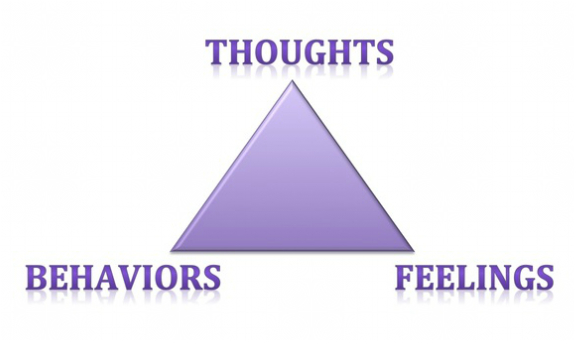It's completely exhausting to pretend to be something you are not. One mask is when we are trying to be different than who we really are. I discussed this in my previous video blog. But there are a few other masks that I would like this blog to focus on.
Masked happiness frequently covers up our sadness, anxiety, fears, and/or hopelessness. This is when our outside appearance and demeanor suggest that we are feeling happy and that things are going well. On the inside, our feelings are something entirely different and opposite. Another mask is that of anger or irritation that might also cover the same type of thing as well as our insecurities. Anger is a defense mechanism that prevents people from getting inside and likewise happiness can be just a facade of protection.
It's hard to show our true selves and let others see our weaknesses. How will they respond? Will it be positive? Will it be more hurtful? Some of us might have experiences that have given us a bad example to go off of, and others are just afraid of what responses might happen.
The best way to start taking off our masks? Starting to process your emotions that are underneath and that you are hiding from others. Whether that might be in therapy, or possibly with one support person whom you feel you can start developing a trusting relationship with. Never let these emotions go without some type of processing because building up over time can lead to other more severe mental health issues or break downs.
You can also help others by being that one trusting person. Be who you want others to be for you. By doing that then hopefully you can even create a mutually trusting relationship between you and someone else. Be kind, be open, and be a good listener.
Don’t be fooled by the face I wear, for I wear a thousand masks, and none of them are me.
Don’t be fooled. For God’s sake don’t be fooled.
I give you the impression that I’m secure, that confidence is my name and coolness my game.
And that I need no one. But don’t believe me.
Beneath dwells the real me in confusion, in aloneness, in fear. That’s why I create a mask to hide behind, to shield me from the glance that knows,
but such a glance is precisely my salvation.
That is, if it’s followed by acceptance, if it’s followed by love.
It’s the only thing that can liberate me from my own self-built prison walls.
I’m afraid that deep down I’m nothing and that I’m just no good, and that you will reject me.
And so begins the parade of masks. I idly chatter to you. I tell you everything that’s really nothing and
nothing of what’s everything, of what’s crying within me.
Please listen carefully and try to hear what I’m not saying.
I’d really like to be genuine and spontaneous, and “me.”
But you’ve got to help me. You’ve got to hold out your hand.
Each time you’re kind and gentle, and encouraging,
each time you try to understand because you really care, my heart begins to grown wings, feeble wings, but wings.
With your sensitivity and sympathy, and your power of understanding,
you alone can release me from my shallow world of uncertainty.
It will not be easy for you. The nearer you approach me, the blinder I may strike back
but I’m told that Love is stronger than strong walls,
and in this lies my only hope.
Please try to beat down these walls with firm hands, but gentle hands, for a child is very sensitive.
Who am I, you may wonder.
I am every man you meet, and also every woman that you meet, and I am you, also.




 RSS Feed
RSS Feed
